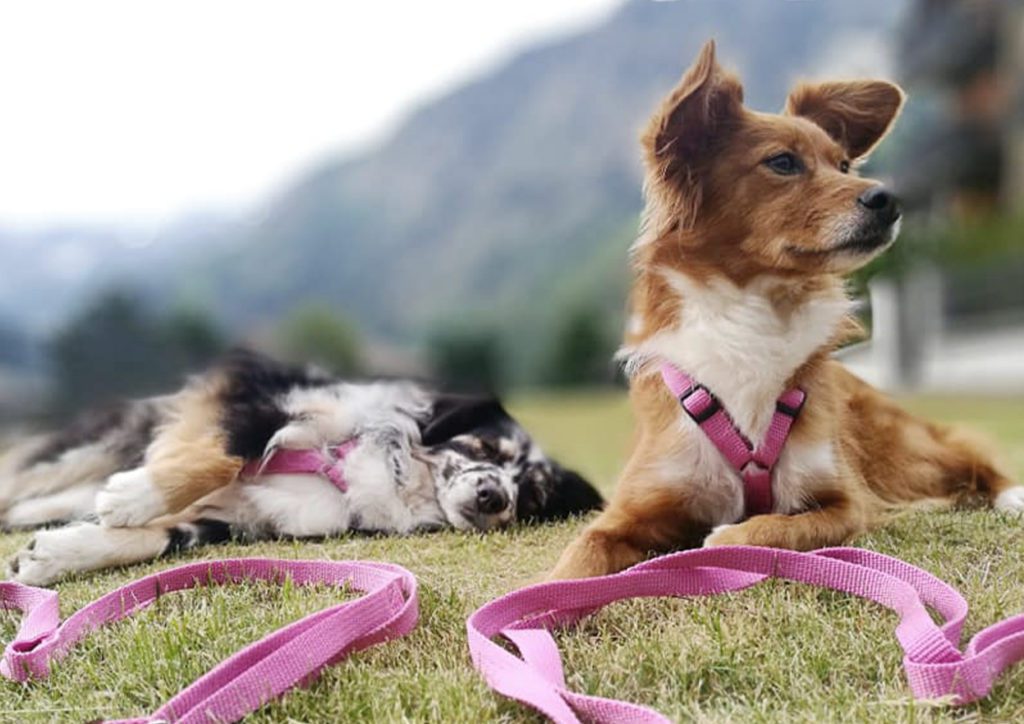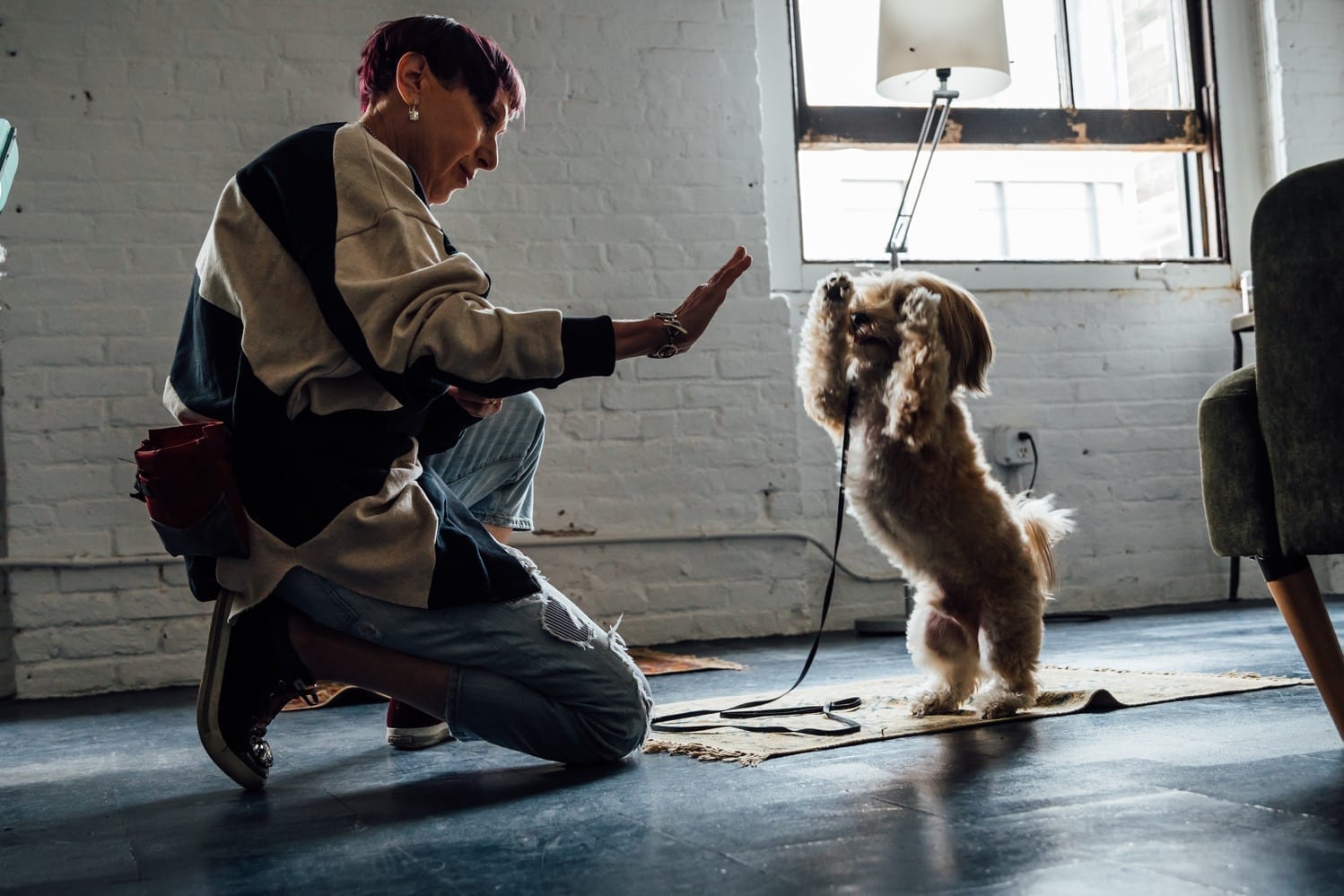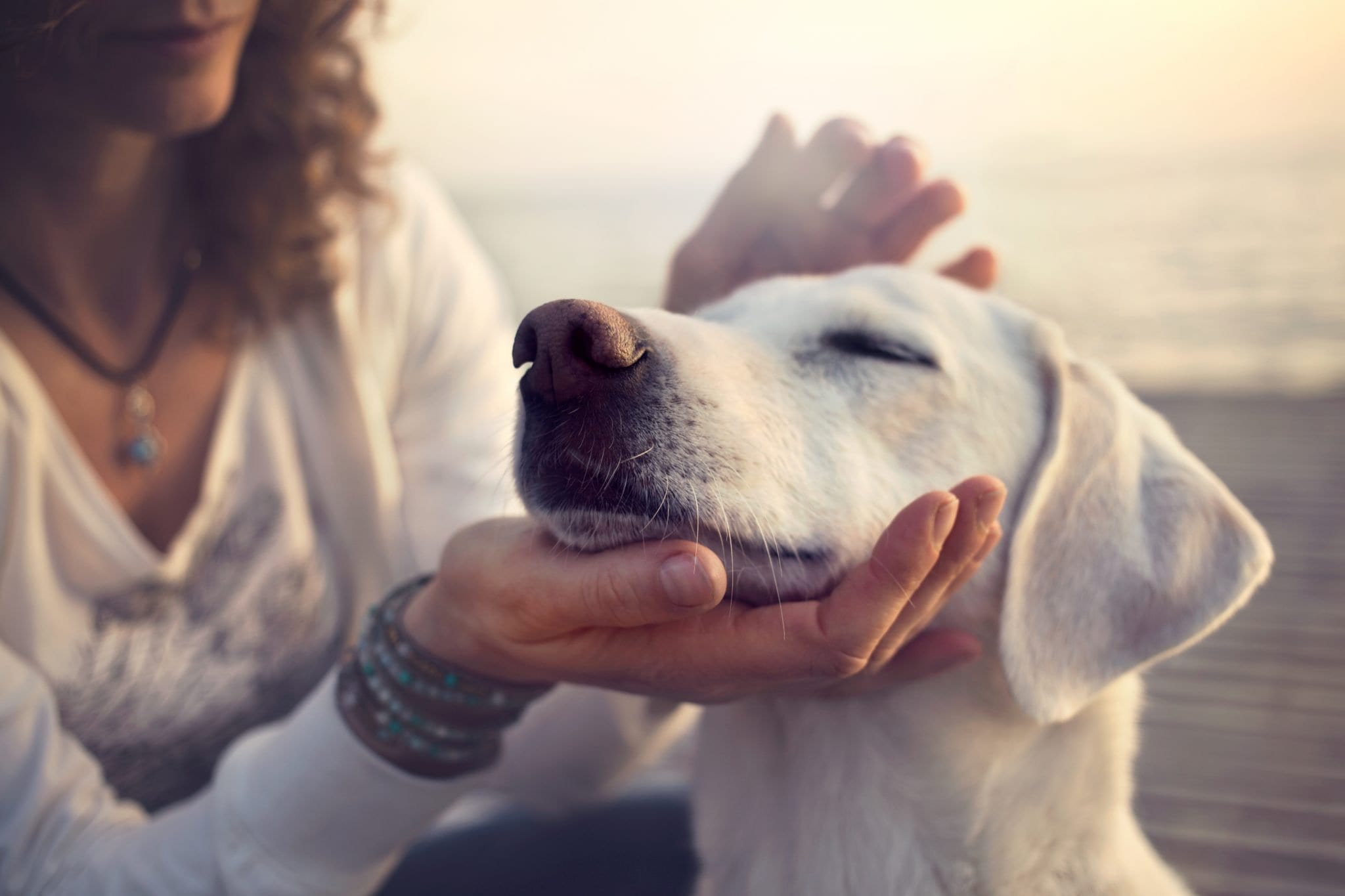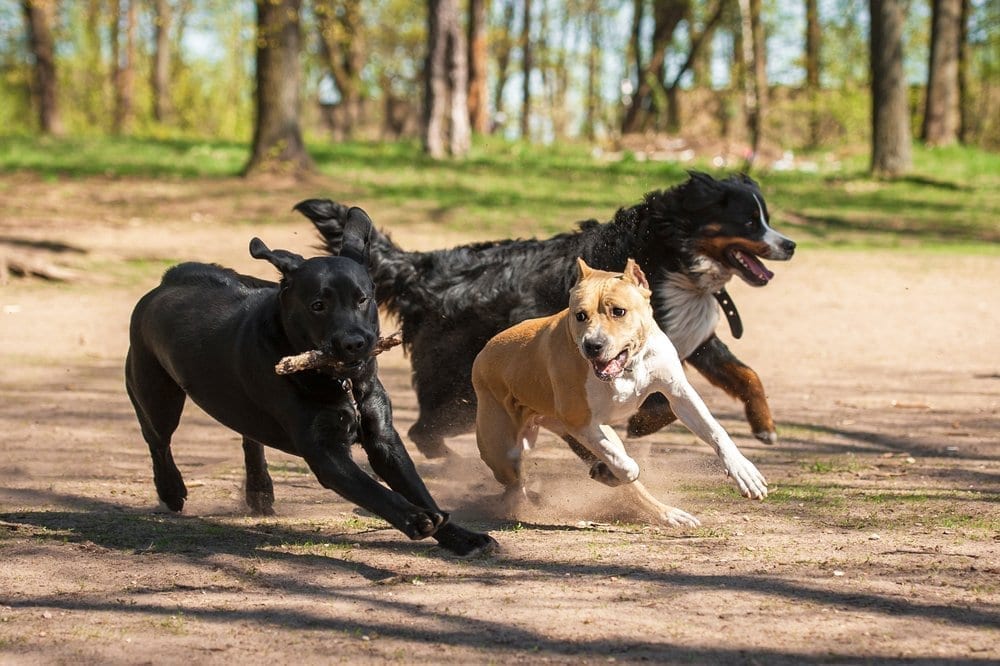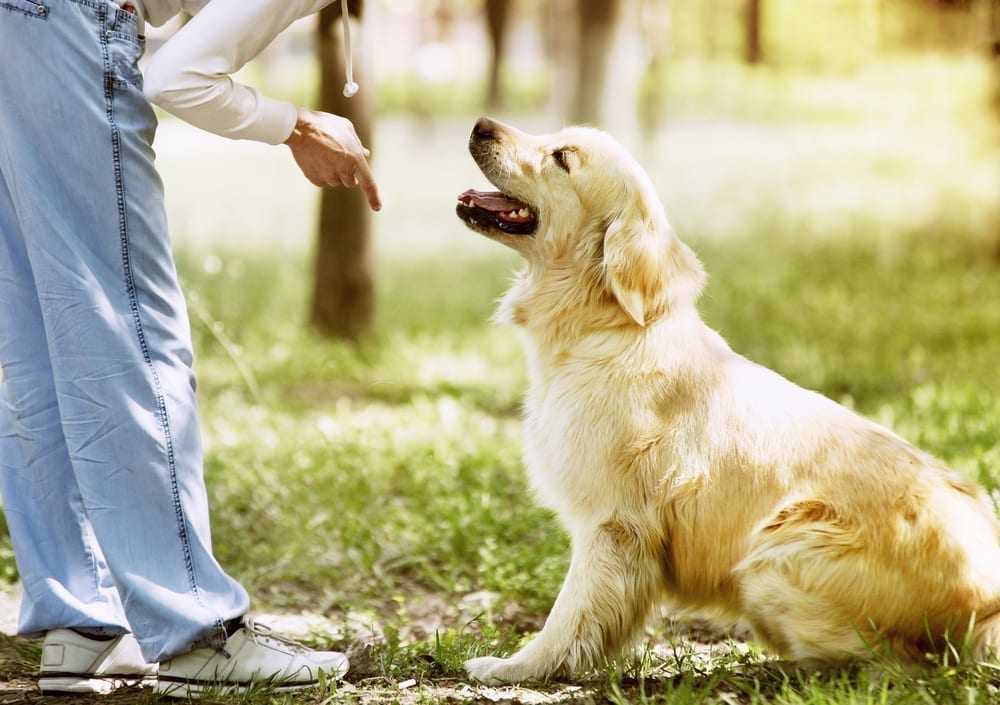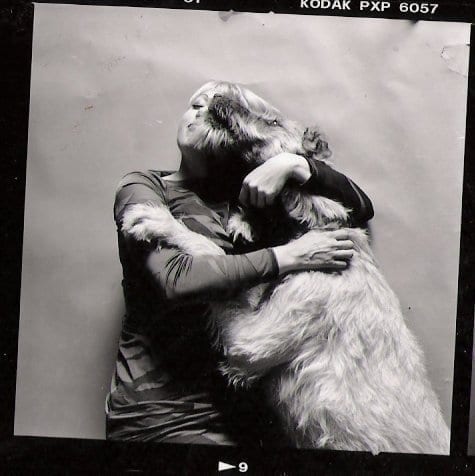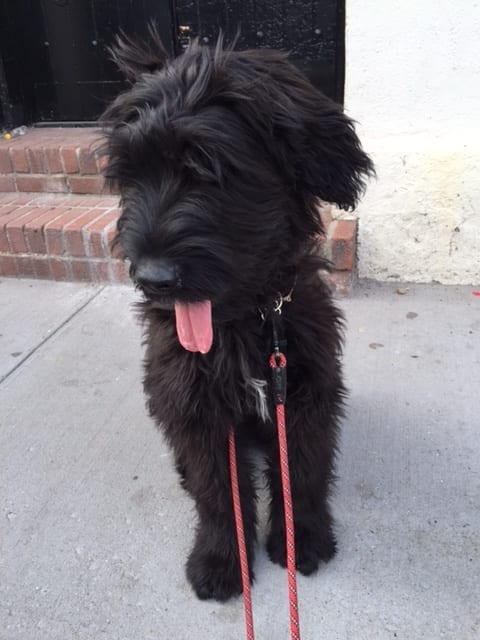So your dog is scared of the vacuum cleaner…
Your dog knows what’s coming.
When you go to take out the vacuum cleaner, they go into “high alert mode”; and when you turn on the machine, it happens – the barking, biting, and growling that make vacuuming a stressful experience for both you and your dog.
If you want to keep a clean home, that behavior is less than ideal, to say the least. Dust and dirt build up in any home, and a home with a dog (or several dogs!) tends to accumulate hair and dust exponentially faster 🙂
Fortunately, you can change your dog’s feeling about the vacuum and, as a result, change their behavior too. I’ll show you how in just a few simple steps.
Why is my dog scared of the vacuum?
First, it’s important to understand and accept the fact that your dog is afraid of the vacuum cleaner in the first place. No judgments!
Lack of socialization or early bad experiences are the most common reason that dogs become fearful or aggressive around vacuums. Vacuums are loud, noisy, and move around erratically as you clean. For your dog, that’s a combination of factors that can be perceived as frightening and an invasion of the dog’s space.
How do I get my dog to not be afraid of the vacuum?
Rather than giving up and living in a house full of dust bunnies, try these very easy steps:
- Pull out the vacuum cleaner without turning it on and keep it at a comfortable distance from your dog. If your dog reacts in any way, give them more space so they can be successful in remaining calm.
- Start at a distance where your dog feels comfortable – even if that means just touching the handle of the closet door where the vacuum is kept! This is important for future success!
- Click/reward your dog whenever they glance towards the vacuum while remaining calm.
- Reward your dog for incrementally approaching the vacuum more and more.
- Allow your dog to “check out” the vacuum. If they remain calm, reward them.
- When your dog is brave enough to approach the vacuum, start moving the vacuum back and forth a tiny bit without turning it on. Again, reward them for staying calm.
- If close proximity to the vacuum is too arousing, increase the distance between your dog and the vacuum.
- Ask your dog to sit, then move the vacuum back and forth without turning it on.
- Reward your dog for remaining calm.
- If your dog is successful: Turn on the vacuum, but do not move it around.
- Reward your dog for remaining calm. If your dog gets nervous, increase the distance between vacuum and dog.
- Finally: Combine the motor noise of the vacuum with the action of moving it around at the same time – just like it would be if you were really vacuuming.
- Has your dog remained calm? If they have – you guessed it – it’s time for another reward.
Here’s what success looks like:
If at any point in time your dog gets stressed out or tired, go back to a previous and easier step to allow the dog to be successful again. End the session then and there with lots of praise and a favorite game or a celebratory consequence. That’s crucial – always end a lesson on a positive note.
Make sure you don’t push your dog too much! Small incremental success leads to faster progress than pushing your dog over the stress threshold.
Remember: Be patient and positive.
Most dogs can learn to tolerate the vacuum in a very short period of time – and that’s all the more reason to be patient with your dog and move at their pace. By working gradually and rewarding their behavior, you’ll be reshaping your dog’s perception of the vacuum and creating a lifelong solution, not just a patchwork fix.
It’ll take time and effort, certainly, but it’s a very small investment to make vacuuming stress free for everybody in your household forever!




